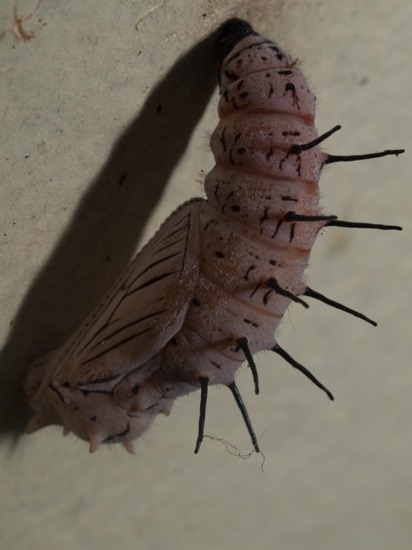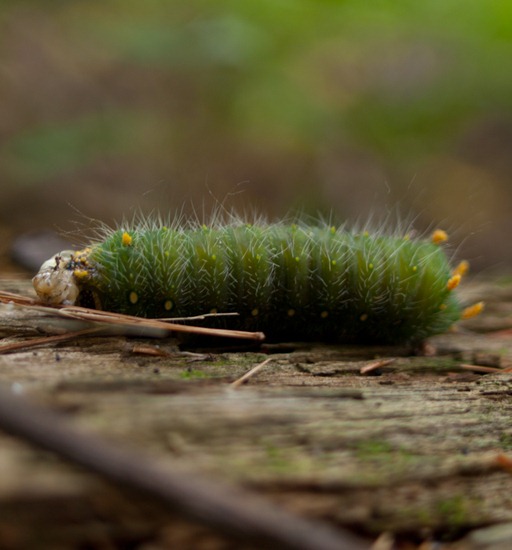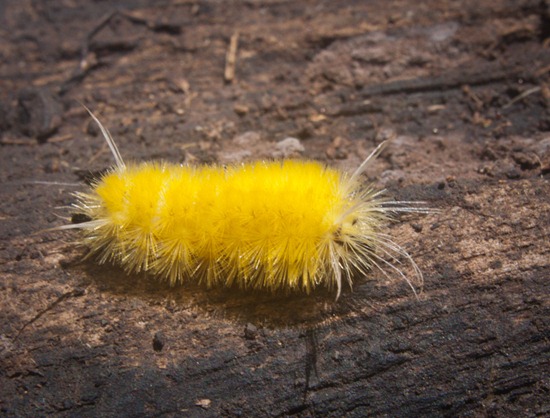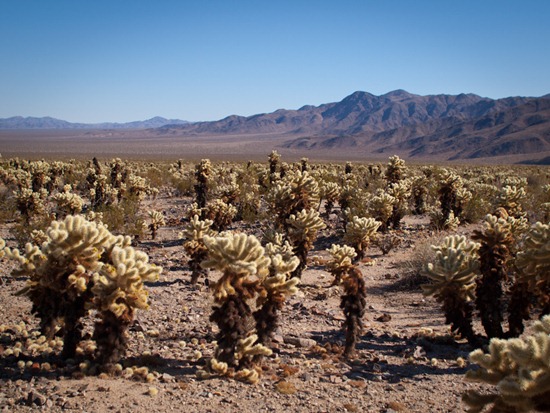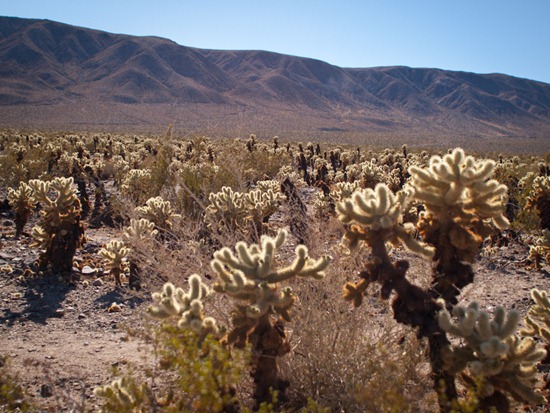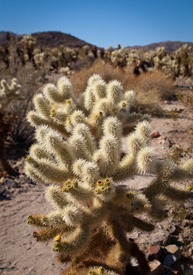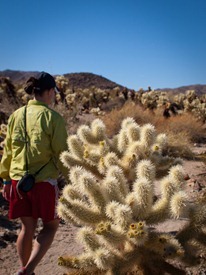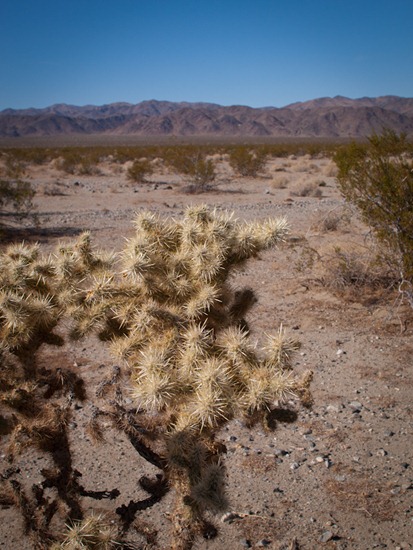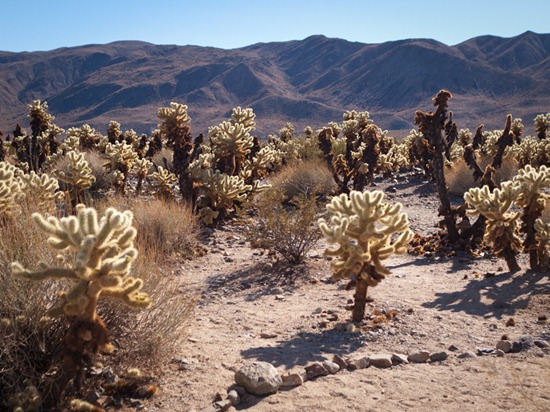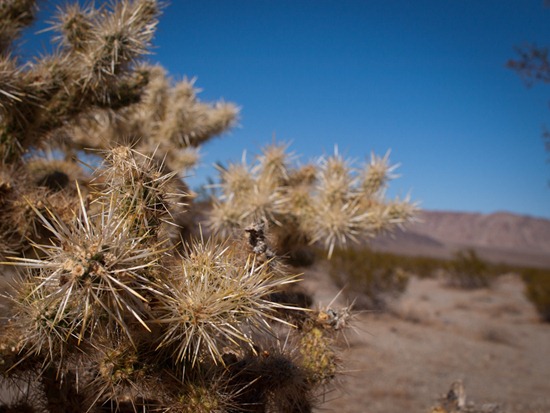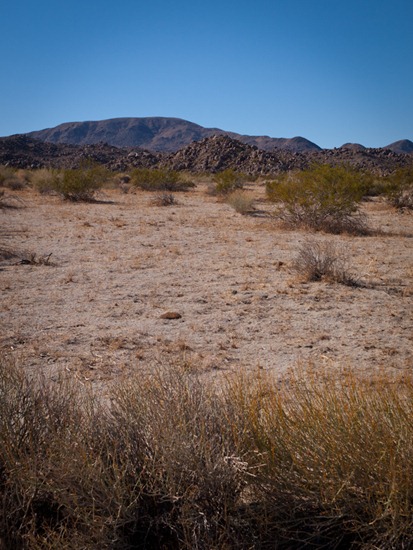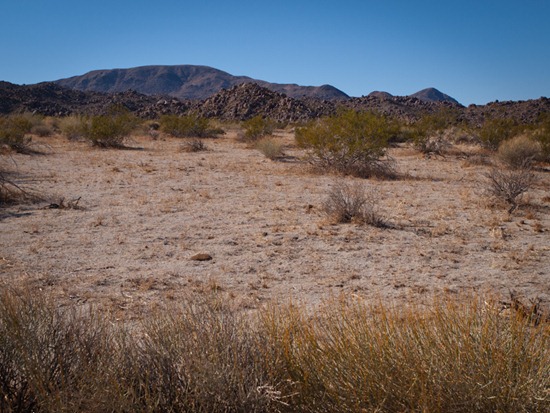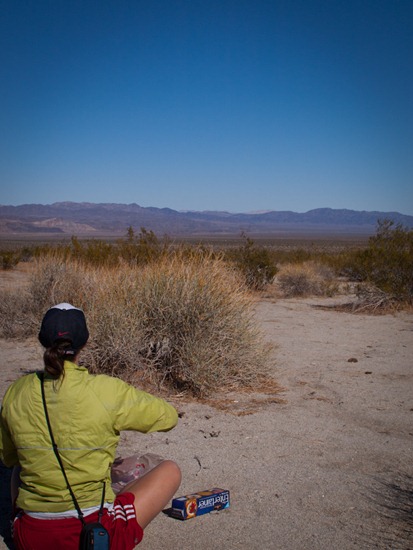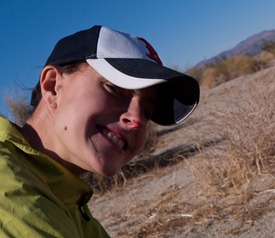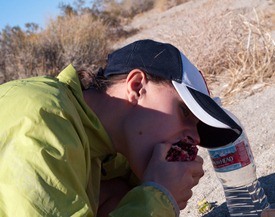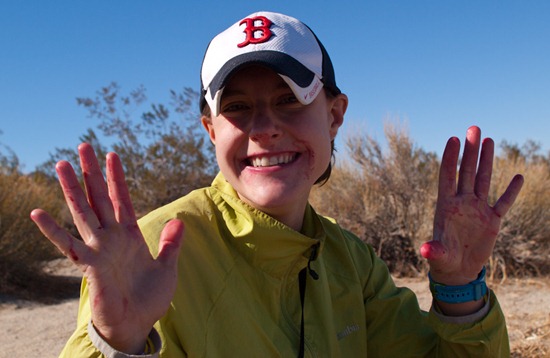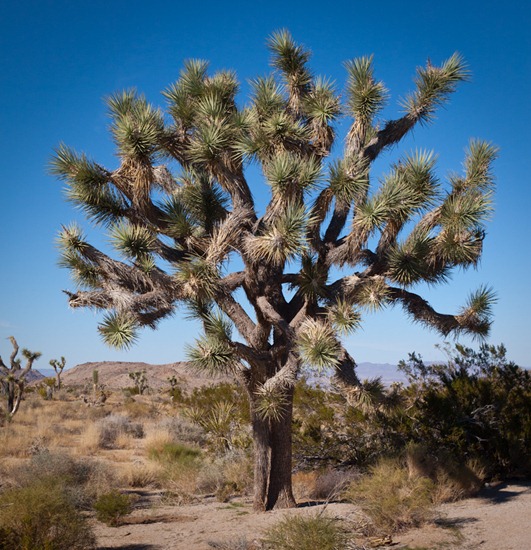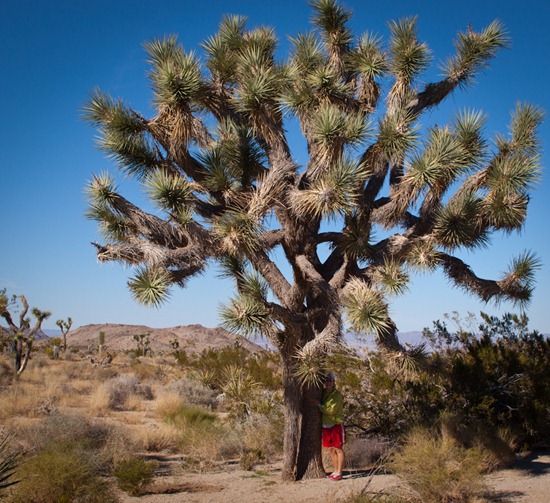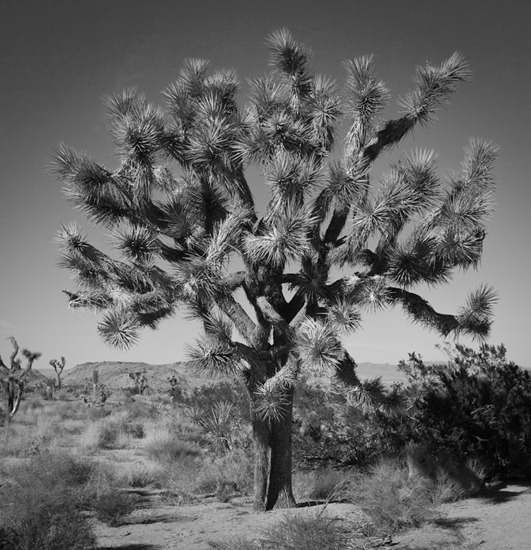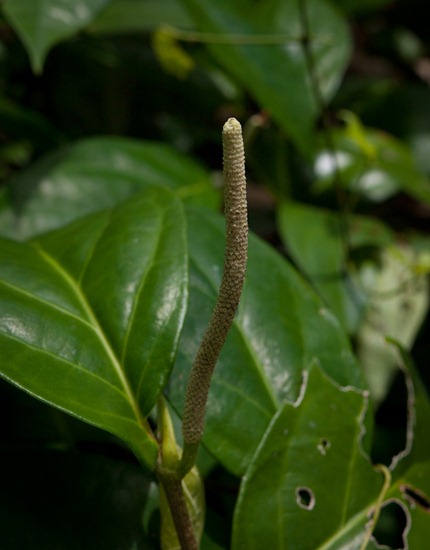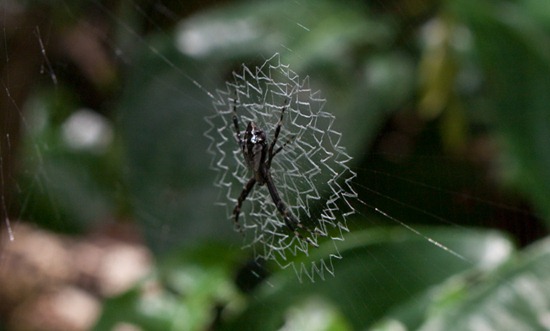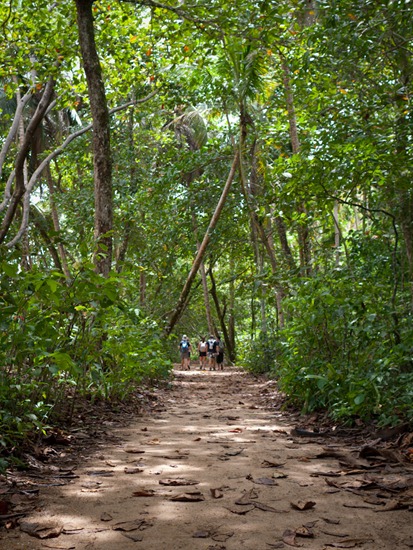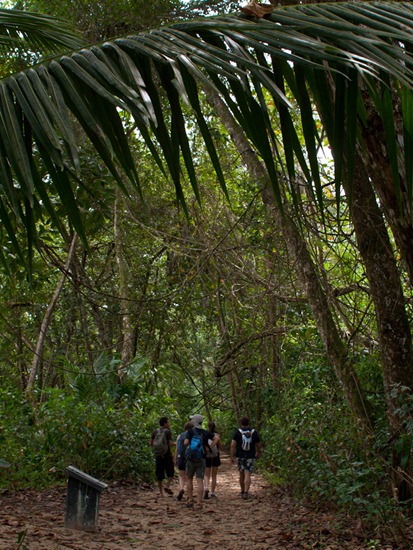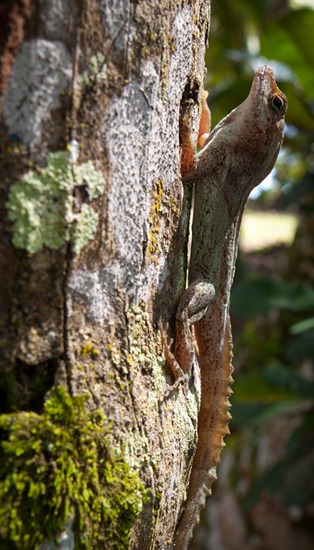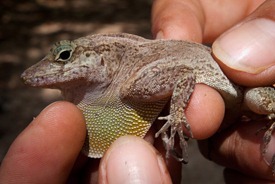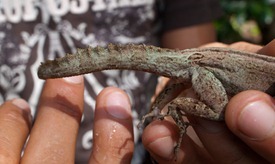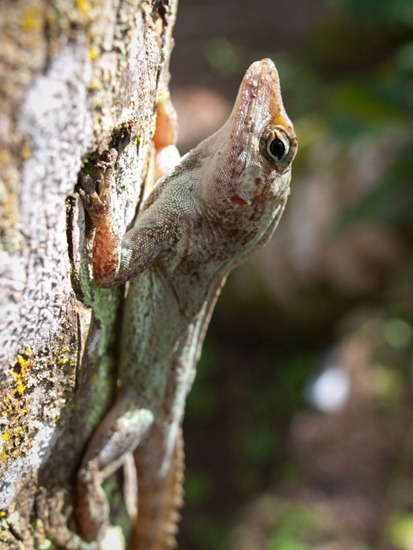I’ve accumulated a few photographs of caterpillars and pupa in my ‘to publish’ folder for Montegraphia, so I’m putting them up now. They’re not the greatest works, but they were all cool finds in the field. The pupa was attached to the wall of the field station in San Ramon – there are most likely several photos floating around the Internet of this pupa given that it was pointed out to the course while at the station last winter.
The green caterpillar was one of a few on the hiking path in Zaleski State Forest. It was peculiar the number of caterpillars we encountered, presumably searching for a good, safe place to pupate.
The yellow caterpillar was common in Palo Verde this summer, and would inevitably be crawling down my shirt after walking through some brush. The yellow hairs cause a rash, as shown on Mahmood’s arm, and were quite bothersome when combined with the heat, humidity and mosquitoes….
Perhaps I’ll be able to speculate on identifications after I’ve taught that section in Entomology this semester…
